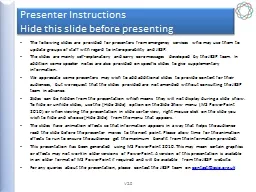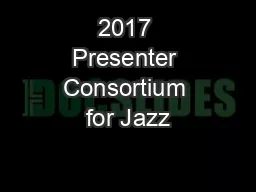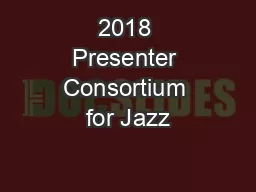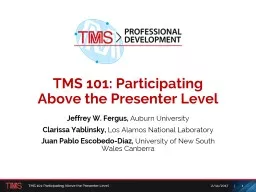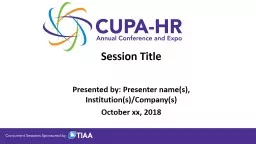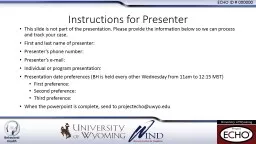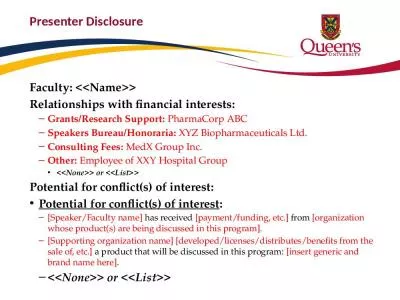PPT-Presenter Instructions Hide this slide before presenting
Author : pasty-toler | Published Date : 2019-03-05
The following slides are provided for presenters from emergency services who may use them to update groups of staff with regard to interoperability and JESIP The
Presentation Embed Code
Download Presentation
Download Presentation The PPT/PDF document "Presenter Instructions Hide this slide b..." is the property of its rightful owner. Permission is granted to download and print the materials on this website for personal, non-commercial use only, and to display it on your personal computer provided you do not modify the materials and that you retain all copyright notices contained in the materials. By downloading content from our website, you accept the terms of this agreement.
Presenter Instructions Hide this slide before presenting: Transcript
Download Rules Of Document
"Presenter Instructions Hide this slide before presenting"The content belongs to its owner. You may download and print it for personal use, without modification, and keep all copyright notices. By downloading, you agree to these terms.
Related Documents

